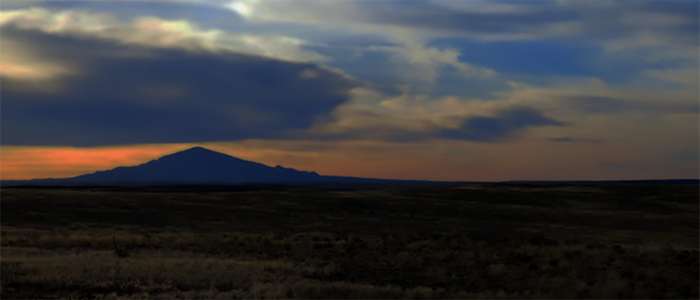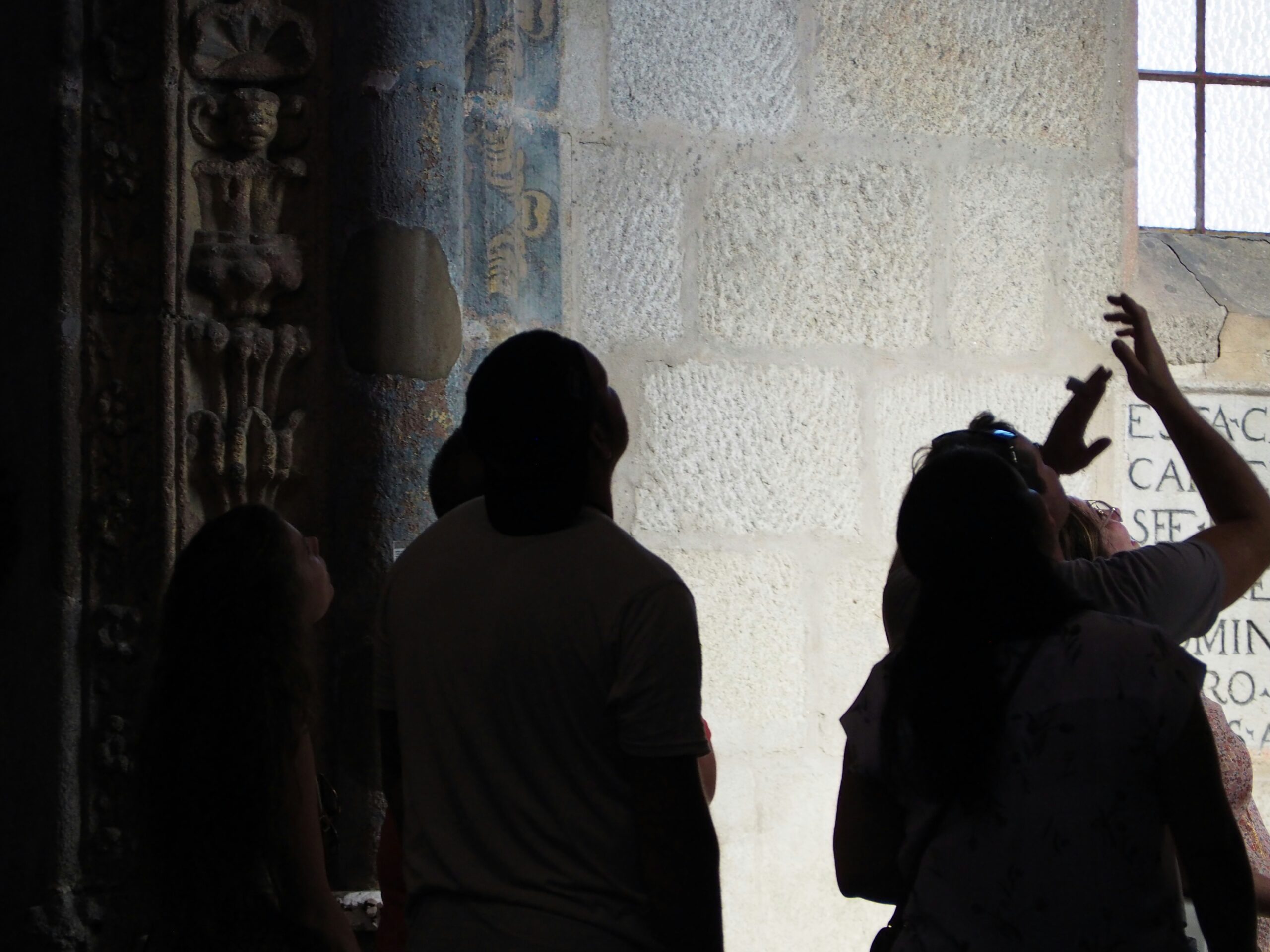For the next few weeks, we’ll be observing an anniversary: 10 years since we left San Francisco and moved to Ann Arbor. I’ll repost articles Frank and I wrote at that time for our Ann Arbor blog, aSquared. Bittersweet, very definitely they will be, bittersweet.
[It’s aSquared’s First Birthday … we’re celebrating by looking back at events from a year ago … skip these retro posts if you’re not into sentimentality.]
‘I know that that’s one big-ass dam, lemme tell ya!
‘Hoover Dam National Historic Landmark (NV/AZ)
‘Built at a total cost of $165 million between 1931 and 1936, the Hoover Dam is 726 feet high. Lake Mead, the reservoir created by the dam, covers 247 square miles and holds 46 trillion cubic yards of water.
‘The dam, at its inception the largest public works project in US history, was the brainchild of many: Major John Wesley Powell, a one-armed Civil War veteran and geologist who undertook a huge project to topographically map the Grand Canyon and Colorado River region in 1869-1871; his nephew, Arthur Powell Davis, who spent over twenty years exploring the Colorado River and authored the main engineering report on the dam project, only to be forced to resign his Bureau of Reclamation post and go to Turkestan for work; Harry Morrison, Charlie Shea, Harry Kaiser, and Warren Bechtel, who organized the various financing and bids on the proposed project; Frank Crowe, who supervised the building of the dam in the face of punishing heat and harsh conditions and broke a workers’ strike in August 1931; Walker “Brig” Young, who surveyed Boulder Canyon in 1921 to find the best spot for the dam; and Gordon Kaufma , who planned the imposing Art Deco architecture of the dam.
‘The project was first named the Boulder Dam, but in September 1930, Secretary of the Interior Ray Wilbur a ounced that the dam would henceforth be named the Hoover Dam, an apparent attempt to gather much-needed credit to the administration for drumming up jobs in what was an otherwise dismal record. When Franklin Roosevelt took over in 1932, his Interior Secretary, Harold Ickes, changed the name back to Boulder. In April 1947, Harry Truman signed a Congressional resolution restoring the name Hoover to the dam.
‘The dam, which we had to pass on our way between the states of Nevada and Arizona, was an incredible thing. All you had to do was stop at one of the vista points, get out of the car, and take a look at the sweep of the dam to get a sense of its grandeur, a perception of the sweat and pain and money and time that went into the construction of this behemoth of human engineering. “Standing on the edge of the Hoover Dam,/I’m on the centerline between two states of mind,” go the lyrics to the Sugar song.
‘Now I know how true that expression is: the dam doesn’t just hold back water, it is a border between the Left Coast (if you include Clark County in that definition) and the rest of the country. The guards stationed at the checkpoint along the highway leading up to the dam are not just guarding the dam; they’re guarding a state of mind, a marvel of machinery, a massive expression of human labor that defies you not to bow before it and feel humbled.
‘—Posted by Frank at 16:30:00 | 15-Aug-03












